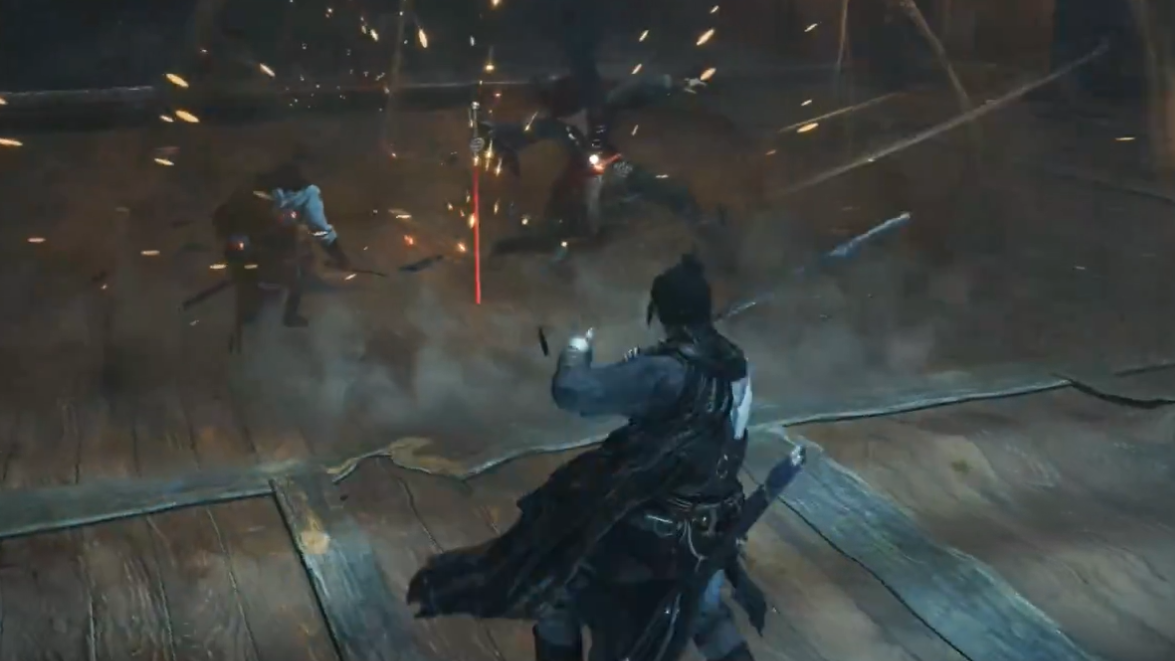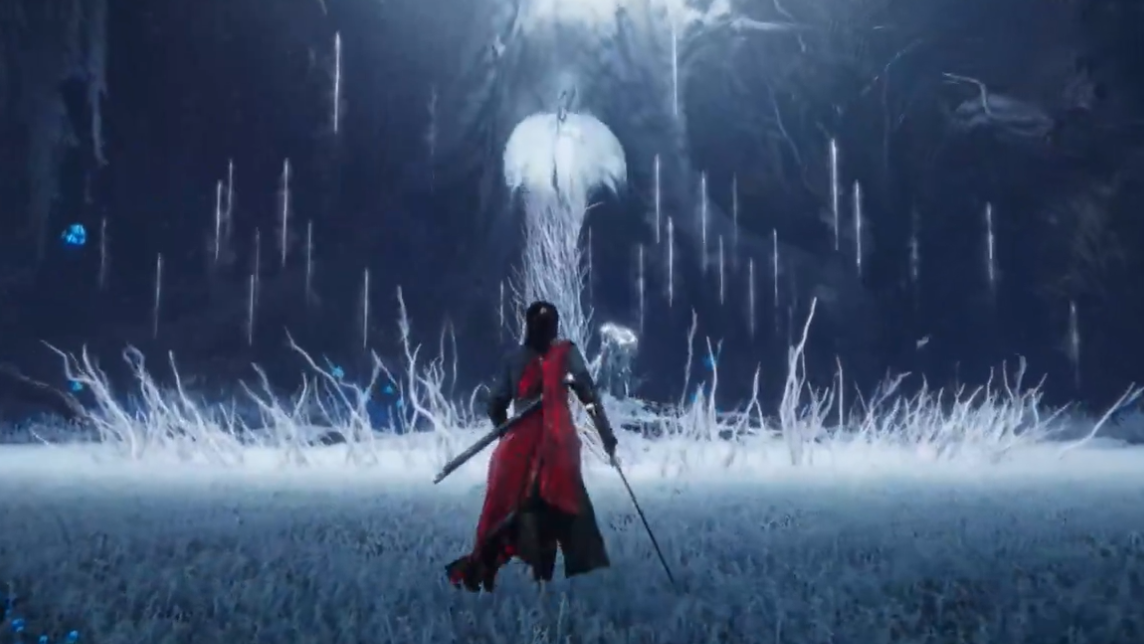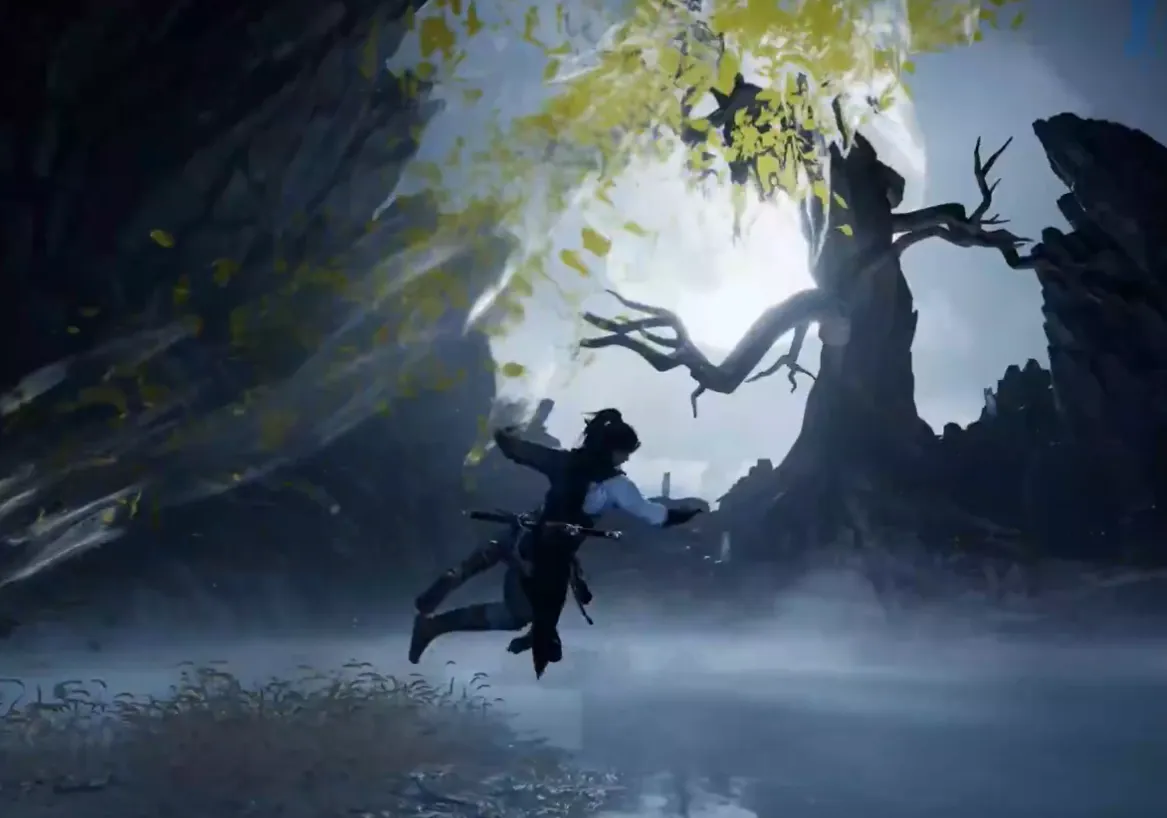Where Winds Meet opens with a surprisingly important question: what is your Social Preference? The game presents two options — Lone Wanderer and Shared Journey — without really spelling out what changes once you pick one.
Under the hood, that single choice decides whether you start in a mostly single‑player wuxia epic with optional co‑op, or in a lobby‑style online layer built for social play, PvP, and raids. You can switch later, but the modes are not interchangeable, and some content lives in one and not the other.
Where Winds Meet Social Preference: what the two modes really are
| Social Preference | Internal name | Main use | Main story progression | Who you see in the world |
|---|---|---|---|---|
| Lone Wanderer | Solo mode | Story, exploration, character growth | Yes, full campaign and side quests | Only NPCs (plus invited co‑op guests) |
| Shared Journey | Online mode | Social systems, PvP, raids, world bosses | No, story is disabled here | Other players in shared hubs/maps |
Where Winds Meet is built as a hybrid: it has a full 100–150‑hour single‑player campaign, but also raids, arena PvP, battle royale, guilds, and social hubs. The social preference setting simply decides which half you boot into by default and how crowded your world looks.
Crucially, you share one character across both modes. Level, gear, skills, and unlocks carry over; only the type of activities and who else is present around you change.
Lone Wanderer (Solo mode): your private wuxia sandbox
Lone Wanderer is the mainline experience. Think of it as an open‑world action RPG with Souls‑like combat, story quests, and an enormous amount of side content, all running on your own shard of the world.
| Aspect | How it works in Lone Wanderer |
|---|---|
| Main story | All campaign chapters and major side stories are played here. |
| Exploration | Open world with enemies, world events, puzzles, dungeons, and collectibles. |
| Progression | Levels, weapons, Mystic/Internal Arts, careers, housing all advance in this mode. |
| Other players | Invisible by default; you see only NPCs unless you invite people into co‑op. |
| Co‑op | You can open a private room and let up to four players join specific activities. |
| Housing/base building | Only available and progressed in Solo. |
Solo mode is also where you decide how guided or minimal you want the game to be. At the very start you choose:
- Guidance mode: from fully marked objectives (“Detailed”) to almost no UI markers (“Minimal”).
- Difficulty: Story, Recommended, Expert, and Bloodshed, with variants of dodge‑assist and harsher timing windows.
- Control style: ARPG‑style free camera or a more traditional “MMORPG” camera scheme.
All of that can be changed later, and it only affects how you experience fights and exploration — not whether you can use Online mode later.

Co‑op inside Solo: private rooms rather than a shared server
Even with Lone Wanderer selected, Where Winds Meet is not strictly offline co‑op. The entire game requires an internet connection and runs through the same backend as Online mode.
In Solo, multiplayer is opt‑in:
- You open a co‑op room from the Switch Mode/Social controls.
- Up to four players can join your world instance for specific content (world bosses, some quests, exploration).
- Some interactables — like chests or Five‑Tone Oddities — are shared and can be opened by everyone present.
Progress rules are asymmetric. The host keeps map progress and quest completion, while helpers mainly earn a dedicated co‑op currency that can be traded for rewards and cosmetics. If you spend hours helping a friend clear their region, the story checkmarks and discovery credit stay on their file, not yours.
There’s also a basic enforcement layer: trolling behaviour in co‑op (like griefing or poisoning allies) can trigger temporary restrictions on playing with others.
Shared Journey (Online mode): the MMO‑lite layer
Shared Journey turns Where Winds Meet into a lobby‑style online game. You step out of your private shard and into shared spaces full of other players, with systems that look more like an MMO: guild hubs, matchmaking, social events, and multiple PvP formats.
| Feature | What changes in Shared Journey |
|---|---|
| Main quest | Disabled; you cannot advance story chapters here. |
| Overworld enemies | Standard mobs and story‑driven encounters don’t populate the open world in early implementations. |
| Population | You see other players running around, duelling, emoting, and using social systems. |
| Endgame PvE | 10‑player raids, trials, boss instances, and world bosses live here. |
| PvP | Arena (1v1 to 5v5), battle royale, open‑world crime/bounty systems. |
| Social activities | Mini‑games, guild hubs, sect interactions, weddings, brotherhoods, and more. |
Shared Journey is essentially “the MMO part”: you bring the character you built in Solo, but spend your time in group content, social hubs, and PvP rather than quest chains.
Two constraints are worth highlighting:
- No story progression: if your priority is finishing the narrative, Online mode is not the place to do it.
- Stamina‑gated rewards: high‑end raid and trial loot are tied to a stamina system. You can participate without spending stamina, but you only get rewards when you have stamina to consume. The game does not sell stamina potions directly for real money.
How the Fellowship and instanced content bridge both modes
Both Social Preferences share an important common layer: Fellowship, accessed through the Wandering Paths menu. This is where most instanced group activities live.
- Boss challenges
- Co‑op trials
- Seasonal or rotating events
These are always launched into separate instances — effectively “rooms” — that don’t care whether you came from Solo or Online. That’s why you can treat Solo as your baseline for levelling and exploration, then hop into raids or challenges whenever you feel like it, without flipping your entire world into Shared Journey.
Social systems that only really breathe in Shared Journey
On paper, many of Where Winds Meet’s more unusual systems exist in both modes. In practice, they only make sense when you’re actually around other players, which pushes them into Shared Journey.
| System | What it does | Why it favors Shared Journey |
|---|---|---|
| Guilds (Bladesworn, Changle Pavilion, Farshore Hall) | 100‑player organizations focused on combat, trade, or exploration, with shared hubs and bonuses. | Most guild activities, missions, and social spaces rely on a populated online environment. |
| Sects (factions) | Martial schools with unique arts, rules, cosmetics, and leadership votes. | The politics and shared buffs are built around seeing fellow sect members in shared spaces. |
| Hero Bond & marriages | Friendship levels, co‑op bonuses, cosmetic rewards, and marriage ceremonies. | Matchmaking trees, ceremonies, and shared emotes assume an active social hub. |
| Sworn Brotherhood | Up to nine players bound in a tight‑knit group with joint progression and unique activities like jailbreaks. | Events such as breaking a jailed member out only trigger in online environments. |
| Crime & bounty system | Criminal actions, wanted levels, player bounty hunters, public cages, and jail terms. | Player invasions and public punishment need a crowd; Solo mode only has NPCs. |
You can technically access some of these structures from Solo, but they feel abstract until you spend time in Shared Journey, where the cities are filled with real players and the systems have visible consequences.
Can you change your Social Preference later?
You are not locked into your first choice. Once you have control of the UI, you can switch between modes freely from an on‑screen icon:
- In Solo, the Switch Mode icon shows a single figure in a conical hat.
- In Online, the icon changes to two figures.
Selecting that icon lets you flip between Lone Wanderer and Shared Journey. Your character, level, equipment, skills, and unlocks move with you; the game simply collapses or opens the online layer as you move between modes.
Early on, the difference is subtle, because both routes funnel you through a tutorial‑heavy opening that behaves like a single‑player introduction. The mode you are in matters more later, when the world opens up and endgame systems come online.
Which Social Preference should you pick first?
Functionally, most players are better served starting as a Lone Wanderer and treating Shared Journey as something to visit when they want to socialise or run specific group activities.
| Player type | Best starting choice | Reason |
|---|---|---|
| Story‑focused, single‑player fans | Lone Wanderer | Only Solo mode advances the main plot and fully populates the world with enemies and narrative events. |
| Co‑op‑curious explorers | Lone Wanderer | You can bring friends into your world for bosses and quests without giving up immersion. |
| MMO raid/PvP enthusiasts | Lone Wanderer, then Shared Journey | You still need a strong character; levelling and unlocking builds is most efficient in Solo before you live in Online hubs. |
| Social‑hub role‑players | Shared Journey | If you care more about guilds, weddings, and mini‑games than story, you can spend more time in Online mode. |
Nothing stops you from flipping that recommendation: you can start in Shared Journey just to see a busy hub, then swap to Solo once you realise story progress is blocked. Because switching is free and instant from the menu, the “wrong” choice at the start is only a one‑click mistake.

How Social Preference fits into a broader settings setup
Social Preference is only one layer in the onboarding flow, but it aligns with others:
- Guidance mode pairs naturally with Social Preference. Minimal guidance plus Solo delivers a purist, immersive wuxia journey. Detailed guidance plus Shared Journey produces something closer to a modern lobby MMO with map‑driven objectives.
- Difficulty intersects with how you want multiplayer to feel. Higher difficulties and no assist deflection tilt the game toward a Souls‑like combat sim; lower difficulties plus Online play feel closer to traditional MMORPG group encounters.
- Control mode mirrors your background. ARPG controls will feel natural if you come from Soulslikes or character action games; MMORPG controls soften the transition for players used to classic hotbar MMOs.
You can adjust all of these later, but starting with the combination that matches your expectations saves a lot of friction in the first dozen hours.
The simplest way to think about Social Preference is this: Lone Wanderer is where you build your legend; Shared Journey is where you show it off. Start where you care most — story or social — and remember that the other side of Where Winds Meet is only a menu toggle away.


